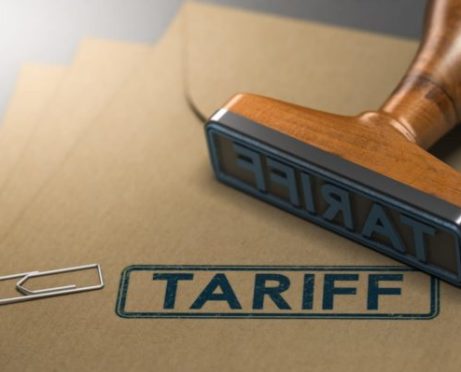
Eric Strausman
Your parents and grandparents probably own (or have owned) an individual retirement account, or IRA. And if you’re earning a steady income but don’t have access to a workplace retirement plan, you should own one, as well. But what is an IRA, exactly? And how does it work?
In short, it can be the smartest and most tax-efficient way to save for retirement. Yes, you’ll get old someday — probably sooner than you think.
Congress may seem worthless these days, but years ago, sane lawmakers incentivized retirement savings by allowing certain retirement accounts to grow tax-deferred or tax-exempt. You don’t get that with a regular savings or investment account.
Lots of folks open IRAs to take advantage of this free money from the U.S. government. You should, too.
What Are the Different Kinds of IRA? How Do They Work?
At this point, you may be wondering, How does an IRA even work?
This free money comes in two flavors: a traditional IRA and a Roth IRA. One’s sherbet and the other’s ice cream.
With a traditional IRA, you stash away a portion of your paycheck each month, which reduces your taxable income. That’s the tax-deferred benefit. It ends when the time comes to withdraw your savings. The money you take out in retirement will be taxed as ordinary income.
A Roth IRA works differently. Its secret sauce is tax-free growth. The money you stash in a Roth has been taxed already. That means the earnings you accumulate over the years can never be taxed again.
What’s the Catch for Investors?
This isn’t a too-good-to-be-true story. It’s free money — a generous incentive from Uncle Sam. However, there are some caveats:
First, you must wait until age 59 ½ to access the money without incurring a 10-percent early withdrawal penalty. (Though with a Roth IRA, there are exceptions to this rule, which I’ll tackle later.)
How much income you make affects the amount you can contribute. As of 2020, the Internal Revenue Service allows you to contribute up to $6,000 — or $7,000 after age 50 — if your modified adjusted gross income is less than $122,000 (single) or $193,000 (married). Individuals and couples earning higher incomes can only make partial contributions.
How to Open an IRA
For some young investors, opening their first IRA will be their first foray into the world of investing.
So before joining the IRA crowd, do your research on investing basics.
You can open an IRA at your local bank, credit union, or brokerage firm — online or in person. I recommend checking out Fidelity (where I have both a traditional IRA and a Roth) and Vanguard. These guys are so big and profitable that they can afford to keep their account-opening and service fees super low.
What’s the Best IRA for You?
By this stage, you should have decided which type of IRA best suits your needs. Do you want a tax break now? Then go traditional. Or do you think you can wait for that tax-free payday when your old and gray? Then go Roth.
A Roth also carries some additional benefits that the traditional IRA lacks. Namely, you can withdraw up to $10,000 penalty-free for a first-time home purchase. Plus, traditional IRA owners are required to start withdrawing their money at age 70 ½. Roth owners don’t have to.
How Do You Invest in an IRA?
Let’s say you settled on an IRA at a large financial-services firm. It’s cheap — $50 to open and no maintenance fees. Now you need to decide what investment products you want to purchase.
Be mindful of fees and costs when looking at your options. The most popular products are mutual funds and exchange-traded funds (ETFs). Each carries an annual fee called an expense ratio. Keep a close eye on that number — you could end up paying $100 in fees on $1,000 invested in a fund.
Be mindful of trading costs, too. These can add up if you invest on a weekly or monthly basis. Lastly, you can save money by managing your own investments or you can pay a human or a robot to do the job.
Final Tips
I recommend buying inexpensive ETFs that give you broad, diversified exposure to the stock and bond markets. For example, you might try the Vanguard Total Stock Market ETF (VTI) and the Vanguard Total Bond Market ETF (BND). That’s all you need to start.




